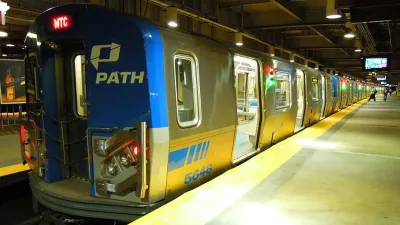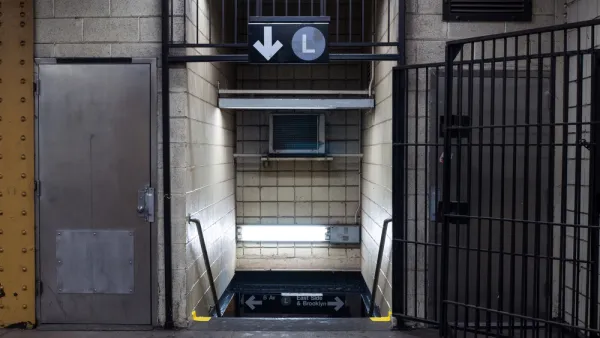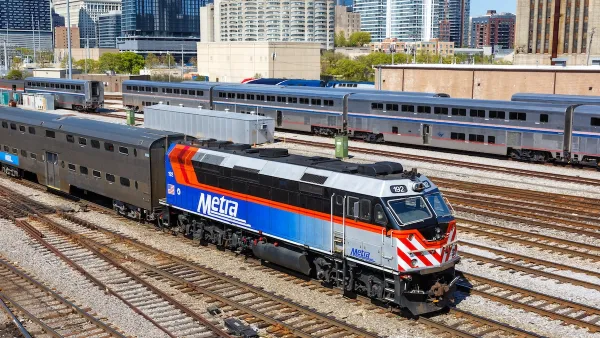In cities like New York where multiple transit operators serve the same travelers, nothing compels those operators to work together. This isolation can result in embarrassing inefficiencies.

For systems that ostensibly serve the public, many transit agencies can't—or won't—work together when the situation encourages it. When PATH closed a section of its network this month, it chose "to shuttle its passengers rather than take advantage of existing New York City Transit Subway services, giving them vouchers to use on the buses instead of working with the MTA to let riders take advantage of the trains it is running."
Yonah Freemark suspects that the systems see themselves in competition with each other. "What's ironic about this arrangement, of course, is that both PATH and the New York City Subway are run by public agencies (supposedly) serving in the public interest and receiving public subsidies to operate and construct projects."
Freemark estimates the total cost of shuttling PATH passengers at $720,000 to $930,000. "It would be cheaper for both transit systems overall for the MTA to simply absorb the transferring PATH riders during the weekend shutdowns."
The real problem may be political. "A better grasp on what regional goals are for transit networks in general, and a commensurate focus by elected officials on telling agencies what to do, rather than letting agencies operate in isolated fiefdoms, would aid American transit riders."
FULL STORY: The boundaries that divide our transit systems

Analysis: Cybertruck Fatality Rate Far Exceeds That of Ford Pinto
The Tesla Cybertruck was recalled seven times last year.

National Parks Layoffs Will Cause Communities to Lose Billions
Thousands of essential park workers were laid off this week, just before the busy spring break season.

Retro-silient?: America’s First “Eco-burb,” The Woodlands Turns 50
A master-planned community north of Houston offers lessons on green infrastructure and resilient design, but falls short of its founder’s lofty affordability and walkability goals.

Test News Post 1
This is a summary

Analysis: Cybertruck Fatality Rate Far Exceeds That of Ford Pinto
The Tesla Cybertruck was recalled seven times last year.

Test News Headline 46
Test for the image on the front page.
Urban Design for Planners 1: Software Tools
This six-course series explores essential urban design concepts using open source software and equips planners with the tools they need to participate fully in the urban design process.
Planning for Universal Design
Learn the tools for implementing Universal Design in planning regulations.
EMC Planning Group, Inc.
Planetizen
Planetizen
Mpact (formerly Rail~Volution)
Great Falls Development Authority, Inc.
HUDs Office of Policy Development and Research
NYU Wagner Graduate School of Public Service




























